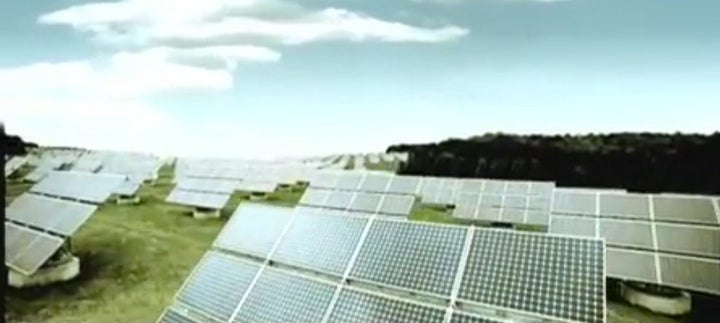
This week, Clean Energy Group (CEG) and the Council of Development Finance Agencies (CDFA) announced the creation of the Clean Energy + Bond Finance Initiative (CE+BFI), a new partnership to advance clean energy through the power of bond financing institutions. CE+BFI will work with institutional investors, public finance agencies and public clean energy fund managers across the country, finding ways to increase clean energy investment by an additional $5 billion to $20 billion in the next five years.
To assist the CE+BFI in its mission, CDFA and CEG also launched a national Task Force on Clean Energy Bond Finance to support the partnership. The Task Force includes over 50 representatives from the top public and private clean energy and development finance organizations throughout the country, including states, cities, law firms, private banks, and other clean energy and bond finance industry professionals. A full list of confirmed participants is available online.
Why are we telling you this? For starters, it's because it's crucially needed -- and we're the people who are doing something about it. The need for this new approach to clean energy finance is simple and compelling. The federal government is gridlocked over extending important tax credits for the industry. Either with or without congressional action, the country needs new sources of clean energy financing to scale up the industry.
What's more, to exacerbate the decline in federal support, the great recession of 2008 has led to reduced bank lending in the clean energy sector, among both European and American banks. For example, many American banks do not offer loans that exceed ten years, dealing a blow to infrastructure investment in clean energy projects and resulting in higher lending costs and reduced capital availability.
This perfect storm of federal inaction and private bank pull-back on lending has led many energy experts to turn to states and localities for the public investment strategies of the future. Indeed, in these tough times, we might have missed the most obvious funders that have been right under our noses for years: the public economic development finance agencies all over America that know how to raise capital at the scale needed in this sector.
In the U.S., over 50,000 municipal authorities access the capital markets to finance capital improvements, schools, hospitals and economic development projects. It is the scale available through access to these markets that is now needed for sustained clean energy development. Bond agencies can now begin to work with state clean energy funds to solve the clean energy problem of the next decade: how to use existing state clean energy and bond tools to massively scale up clean energy capital.
This is why CEG and CDFA formed this new CE+BFI effort. (The initiative's action plan is available online.) Development finance through the issuance of bonds has already begun to bring new capital into the clean energy space. Examples include the 'Morris Model' for solar installations and bond-funded programs for clean energy economic development in New Jersey. But much more work must be done to use bond finance at the scale needed to expand the industry. Hundreds of billions of dollars are needed to scale up renewable energy, energy efficiency, and manufacturing support.
CE+BFI, with advisory assistance from the Task Force, will immediately begin the work of identifying opportunities and barriers facing stakeholders looking to issue bonds for clean energy development. The initiative will then look to launch pilot partnerships to finance clean energy projects in six to eight states and localities.
There is good reason to rely on bond finance for future clean energy investment. As to the capital they can raise, municipal bond issuers in March 2012 alone brought 1,196 deals to market, worth $34.50 billion total. That makes $78.3 billion in 2,927 deals in only the first three months of 2012, the kind of financing needed for a dramatic scale-up of the clean energy economy across America.
This strong showing is in contrast to a great deal of misconception about the use of bond financing by state and local governments. The truth is that municipal bonds remain safe investments, a fact evident in the market's lack of reaction to high-profile negative news. CE+BFI will emphasize the issuance of revenue bonds, not general obligation bonds backed by a state or municipality, so communities will not be on the hook for project finances. These bonds will be backed by project revenues, and not risk the credit standing of states and local communities.
With this new CE+BFI partnership, we hope to work with many new partners in the coming months, including pension funds and other institutional investors who are looking for safe, secure ways to invest in the clean energy economy. We think municipal bonds, backed by sound clean energy project revenues, could be an important new asset class for institutional investment.
Co-authored by Toby Rittner, President and CEO of Council of Development Finance Agencies